Lake Maggiore is a unique place in terms of nature as well as history and culture. Framed by the majesty of the Alps, Lake Maggiore is characterized by a particularly mild climate that has made it a kind of ecological laboratory for Mother Nature since ancient times. It is no coincidence, then, that the shores of Lake Maggiore are home to some of the most celebrated and immortalized gardens in the world, true jewels studded with thousands of colorful flowers that enhance even more the magnificence of the aristocratic villas and castles that are scattered all along Lake Maggiore. Impossible then when talking about Lake Maggiore not to mention the numerous islands that dot it. Large, small or even tiny the most famous are undoubtedly the Borromean Islands, where exotic plants and animals are at home, but equally fascinating are the Brissago Islands located on the Swiss side of Lake Maggiore. Here are 10 must-see destinations on your Lake Maggiore trip.
Long before Frédéric Auguste Bartholdi, Gustave Eiffel and Eugène Viollet le Duc designed the Statue of Liberty in New York, the idea of creating a huge statue that could be visited inside came from the inhabitants of a small town in the province of Novara, Italy: Arona. Here since 1698 on the summit of Sacro Monte stands the “Sancarlone,” the colossus dedicated to the figure of St. Charles Borromeo. Made in copper from a design by Giovanni Battisti Crespi and dedicated to the memory of the archbishop of Milan who was born right here in Arona, the statue is just over 23 meters high and rests on a large granite base that raises it to a height of more than 35 so much so that, in fact, it has been the tallest monument in the world for almost two centuries. A visit to the top of the saint’s head via a steep spiral staircase is definitely not to be missed.

About 400 meters offshore from Stresa stands this masterpiece of 17th-century architecture and engineering. Palazzo Borromeo almost seems to rise directly from the waters of Lake Maggiore, which it literally dominates with its 80-meter-long facade. The majestic building has a T-shaped plan with the hall of honor in the center, which is spread over two floors and is covered with a dome. Inside you can stroll through lavishly decorated and furnished rooms where even Napoleon Bonaparte stayed in 1797 and admire paintings and tapestries by great artists including those by Pieter Mulier, known as the Tempest, as well as copies by Raphael, Correggio and Guido Reni. Also not to be missed are the botanical gardens housing an incredible variety of exotic plants and characterized by the large upper amphitheater.
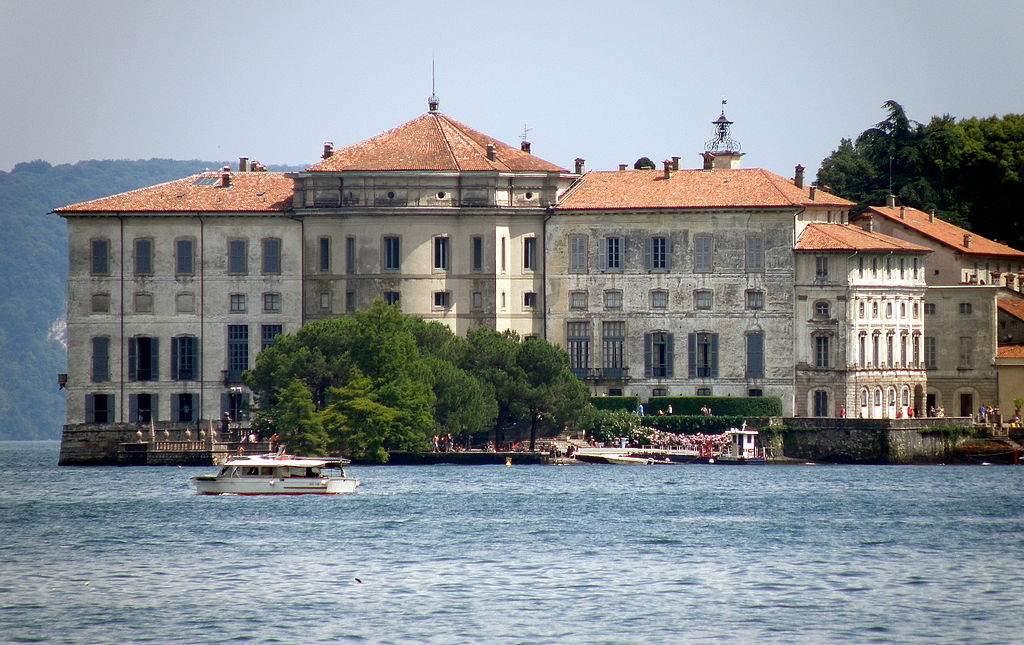
Imposing the fortress of Angera dominates the southern end of Lake Maggiore whose history it has silently witnessed since the 1,200s. Testifying to the many vicissitudes that have affected this territory over the centuries are the very parts that make up the rocca: the Scaligera wing, the Visconti wing, the Giovanni Visconti Tower, and the Borromeo wing. Today the rocca is a real laboratory for the study of the Middle Ages designed for a public of enthusiasts, schools and families, inside it can be admired canvases and frescoes, while outside a large medieval garden is being carefully reconstructed thanks to the study of ancient codices. Finally, inside the fortress there is also space for the Museum of Dolls and Toys.
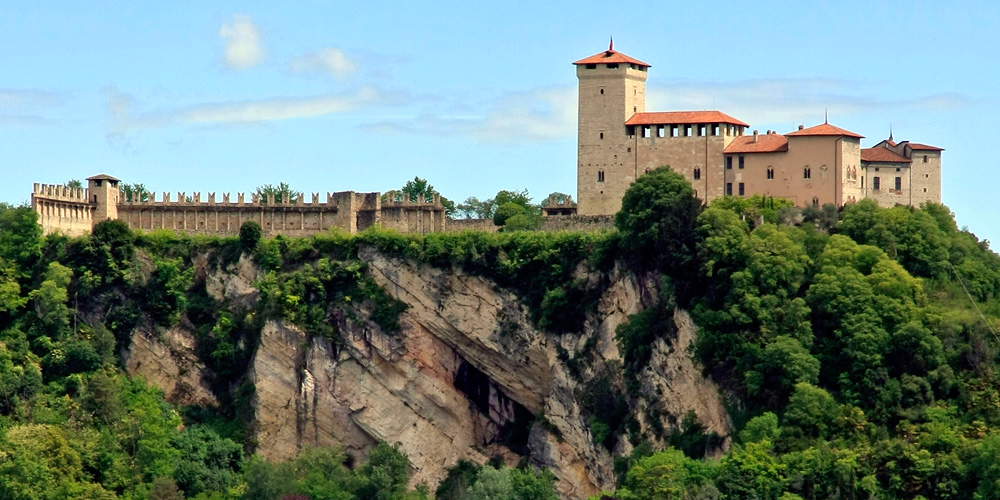
Leggiuno is for soccer lovers the town that gave birth to one of the strongest strikers in the history of the Belpaese, Gigi Riva known as “Rombo di tuono.” However, in this charming village in the Varese area there is also one of the most mystical corners of all of Lake Maggiore. Overhanging the eastern shore stands the magnificent hermitage of Santa Caterina del Sasso, which with its delicate lines is a symbol for all such places. This Dominican monastery dating from the 12th century can only be reached on foot via two staircases that reach it either directly from the lake or from the parking lot above, but for the past few years it has also been served by an elevator carved directly into the rock.

A year-round kaleidoscope of colors colors the shores of Lake Maggiore in Pallanza. In the province of Pallanza lies one of the most famous and impressive botanical gardens in all of northern Italy. Created in the first post-war period by the Scottish captain Neil McEacharn, today the gardens of Villa Taranto are one of the main attractions of the area where one can admire many thousands of plants, imported from all over the world that make up extremely rare collections, but also incredible engineering works that allow the care of this authentic treasure. Today the botanical heritage of the gardens of villa Taranto is vast: it includes about a thousand non-native plants and about 20 thousand varieties and species of special botanical value. The villa cannot be visited while the gardens are open to 150 thousand visitors a year from April until October.
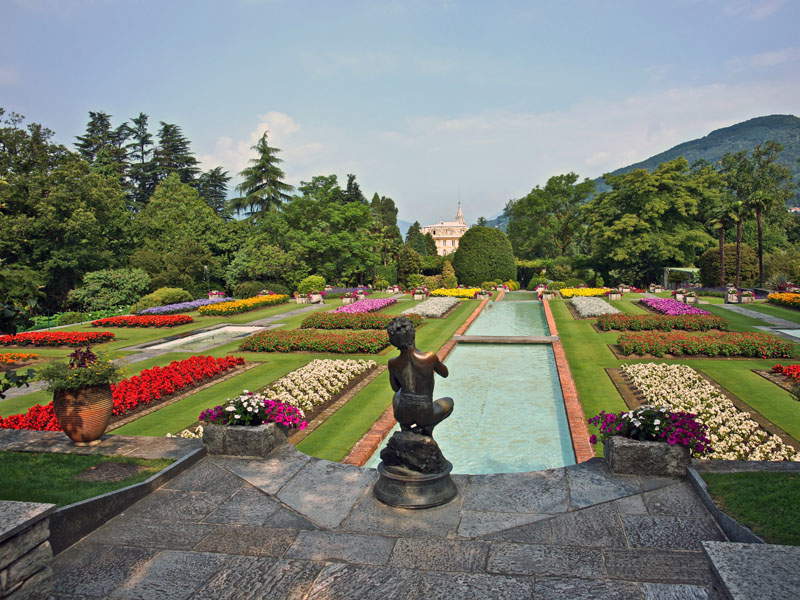
Among the many enchanted corners that can be found among the shores and slopes of Lake Maggiore, a special mention undoubtedly deserves the lakeside promenade of Arona. In this small town, which is located in the Novara part of the lake, a large promenade has been created that skirts the crystal-clear waters and allows one to appreciate all the majesty of the landscape from a privileged position. Arona’s lakefront promenade is a large pedestrian and bicycle route that passes through public gardens, skirts monuments and, finally, from under a characteristic wisteria arbor offers a privileged view of the fortress of Angera.

In the medieval heart of Arona, the Collegiate Church of the Nativity is a melting pot of styles that make it one of the most interesting places to visit in this part of Lake Maggiore. All this can be seen already beginning with its austere late 15th-century facade in which there is an eye and two stained-glass windows that instead date from the 19th century. All the interior decorations also date from the second half of the 19th century where, however, important works from earlier periods are preserved. The baptistery, first of all, preserves two canvases of the Cycle of the Life and Mysteries of the Virgin Mary painted by Pier Francesco Mazzucchelli known as the Morazzone and dating from the 17th century, while along the left aisle stands out what is the most important work in the entire collegiate church as well as one of the main ones to be admired throughout Piedmont: the polyptych by Gaudenzio Ferrari from 1511.
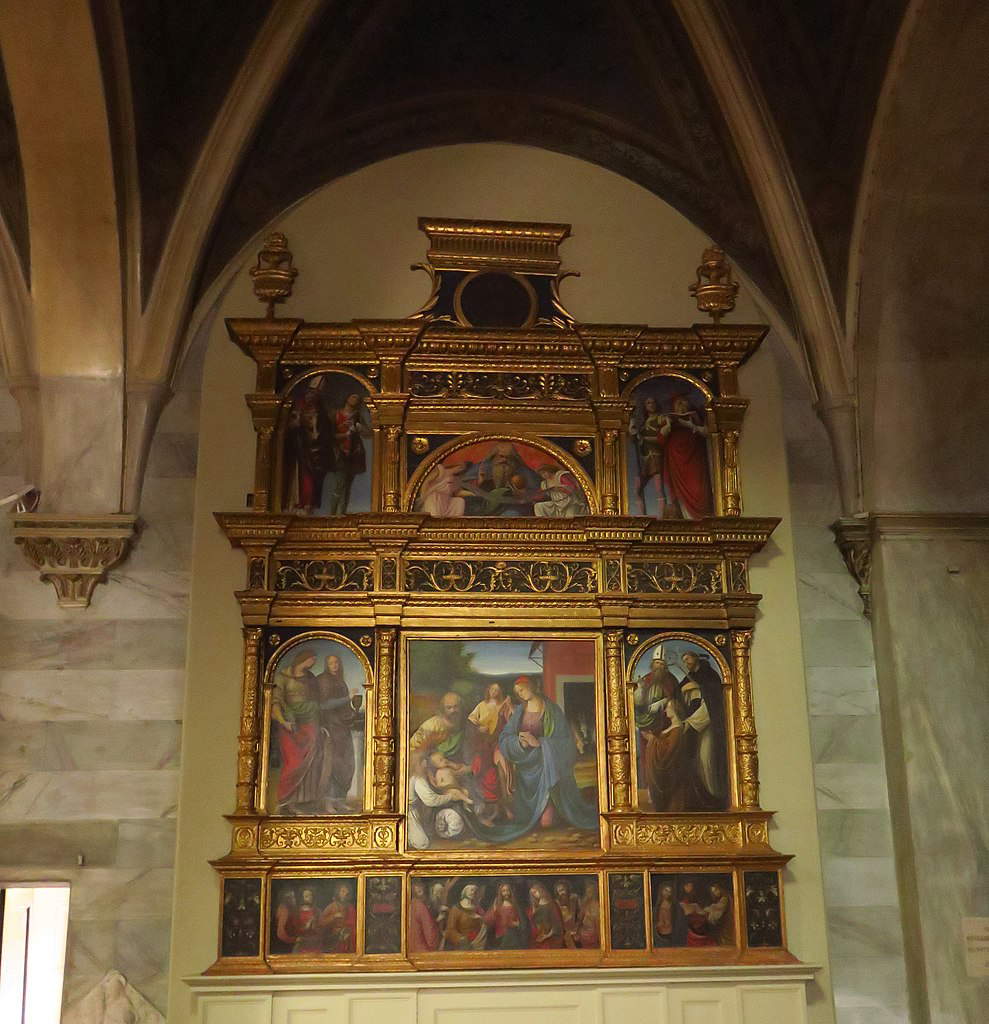
Stresa is considered by many to be the pearl of Lake Maggiore with its elegant streets, impressive buildings, churches and monuments. Much more than all this, however, what makes this town unique is the experience of walking along its lakefront right in front of the Borromean Islands. A spectacle within a spectacle that has made this place one of the most immortalized in all of Lake Maggiore. Step by step as you walk overlooking the lake, you cross glimpses that seem to have come out of an artist’s brush among marvelous gardens, as well cared for as they are elegant, and then again rows of palm trees that follow one another quickly, Art Nouveau facades of palaces and famous resorts that act as ubiquitous backdrops to small squares and alleys.
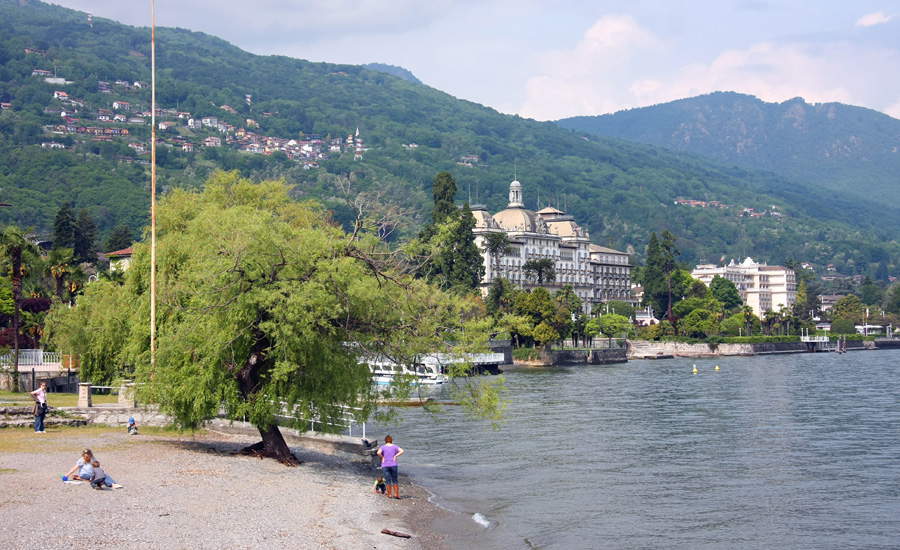
Facing Cannero Riviera, on the Piedmont shore of Lake Maggiore, you suddenly come across medieval towers and walls that, as if by magic, almost seem to float on the water. These are the famous Castles of Cannero, remnants of ancient fortifications built on three islets starting in the 11th century. Their unmistakable silhouettes are one of the most photographed and iconic sights in the entire region, and over the centuries they have inspired writers and painters, but they have also attracted the attentions of many who thought of settling here, giving rise to contentions and disputes. Today the ruins can be admired thanks to mini-cruises by solar-powered boat or catamaran, while work is under way to turn them into a museum that will tell their story.

Since the beginning of the 20th century this museum, strongly desired by Antonio Massara, has decided to give space to all those works that, with different tools and forms, tell the landscape in a way far from stereotypes and clichés. No evocative panoramas and poignant sunsets as ends in themselves, but rather works that tell of “the intimate and profound and continuously changing aspect under the imprint of human life, of the visible scene of the world.” Today, the museum in its four locations houses collections of painting, sculpture, photography and graphics, and archaeology, and sopita works by authors such as Daniele Ranzoni, Guido Boggiani, Carlo Fornara, Guido Branca and Arturo Martini. In the archaeological section, located in the Orvasso town hall, on the other hand, one can admire artifacts from two necropolises belonging to the ancient Leponzi civilization and dating back to the second century before Christ.

 |
| Lake Maggiore, what to see among art and villages: 10 places not to be missed |
Warning: the translation into English of the original Italian article was created using automatic tools. We undertake to review all articles, but we do not guarantee the total absence of inaccuracies in the translation due to the program. You can find the original by clicking on the ITA button. If you find any mistake,please contact us.